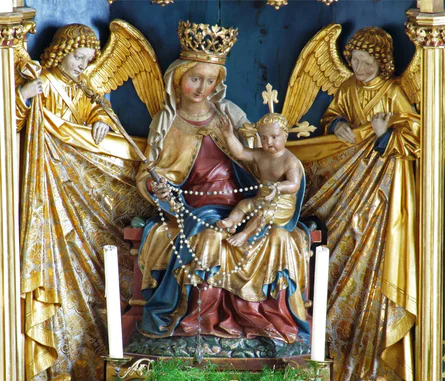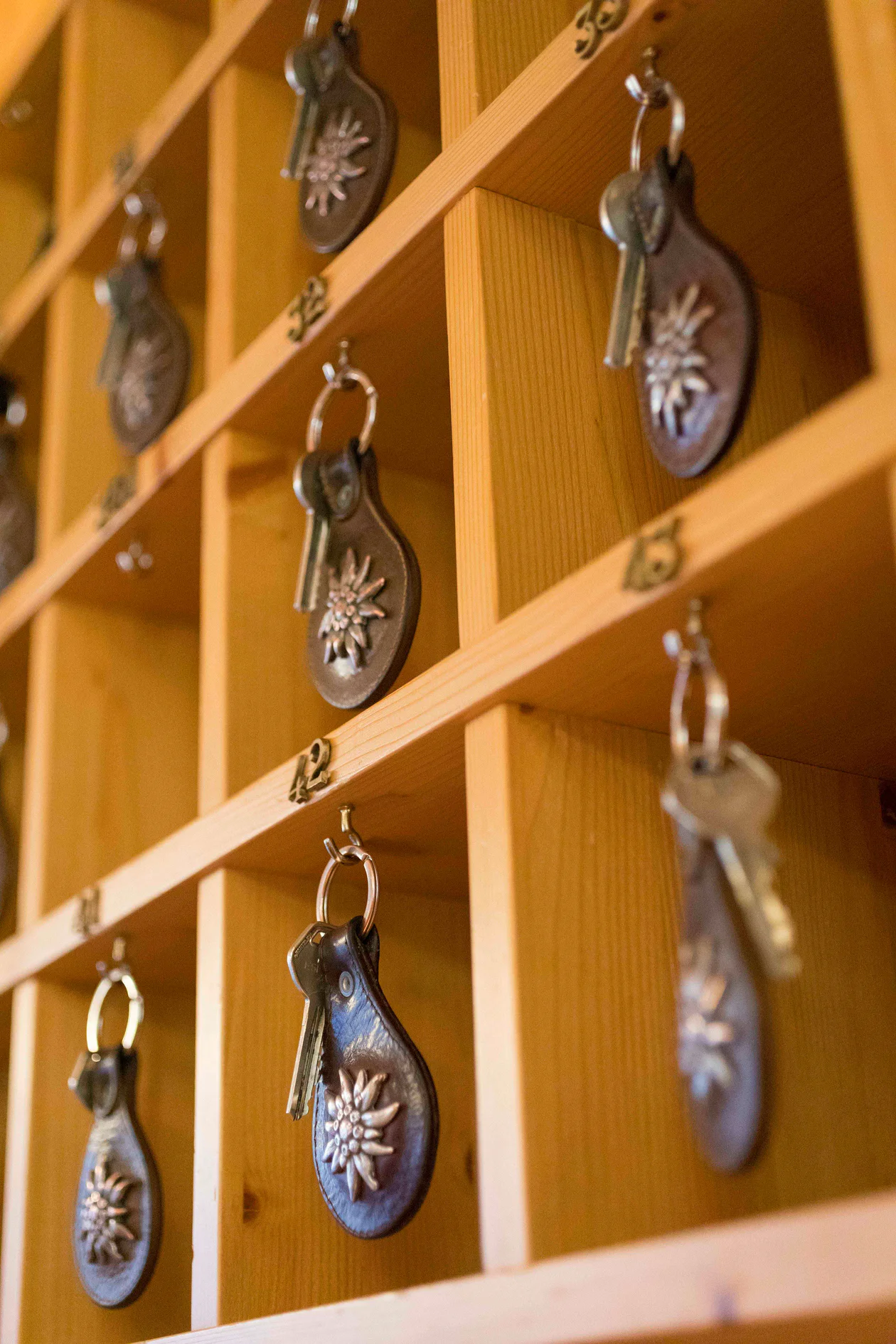The village museum gives you an interesting view of the rural life in South Tyrol. The Gufidaun village museum has three main collections: the everyday rural culture, the crafts and the local art. The museum houses an original "soot kitchen" and various pieces of rural furniture and everyday objects, which are arranged into ensembles. A complete cobbler's workshop provides an insight into the versatility of this old craft. A special feature of the museum is the Telfner corner. The painter Josef Telfner, originally from Meran, lived in Gufidaun for many years. He painted watercolours with various views of the village and portrayed numerous people from Gudon.
On request visits possible all year round: tel. +39 0472 847 399 or +39 348 7747339 (Otto Schenk)
































































































